“I want them to all feel like they know how to grow food,” says Vicki Wonacott, describing the fundamental goal of the UC Master Gardeners of Butte County School Gardens Program. 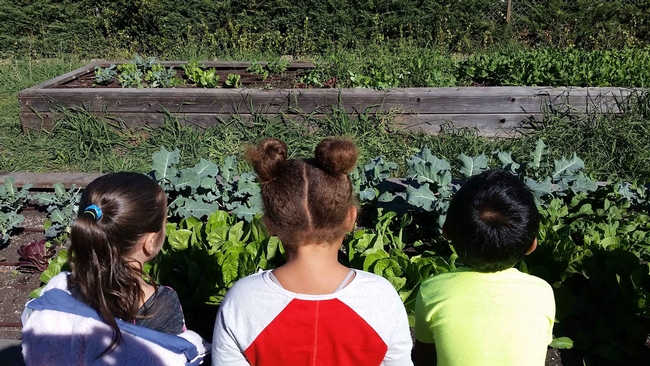
The classroom visits commence in the fall, when days are becoming shorter and cooler: a perfect time to explore some horticultural basics indoors. Lessons take place each month except December, following a logical progression, and culminating with outdoor planting in the spring. Here are the details:
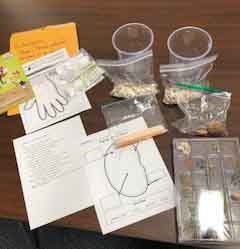
PLANT PARTS AND THEIR FUNCTIONS: With help from the Master Gardeners, children draw the plant parts on paper, identifying the xylem (vascular tissue that conducts water and dissolved nutrients upward from the root) and the phloem (vascular tissue that conducts sugars and other metabolic products downward from the leaves). This leads directly into a discussion of photosynthesis, that miraculous process by which plants make their own food by converting the light of the sun to synthesize foods from carbon dioxide and water. This lesson culminates in a very clever teaching approach, as the kids eat each of the plant parts they have identified: carrots for the root; celery for the stem; spinach for the leaf; broccoli for the flower; cherry tomatoes for the fruit; and sunflower seeds for the seed.
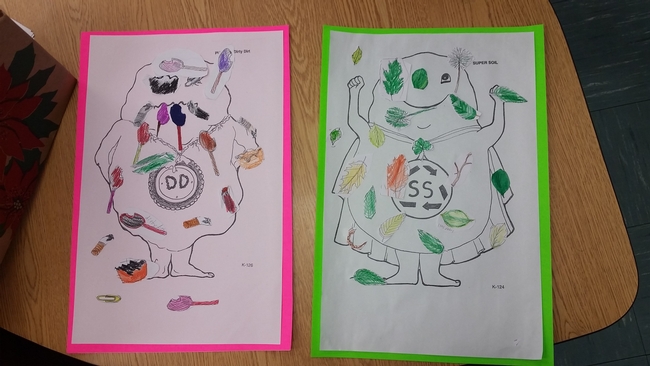
THE NEEDS OF A PLANT: This experiment highlights the five components a plant needs to thrive: soil, water, light, air, and space. In each of six disposable cups, a radish seed is planted. In Cup One all five needs are met – this is the Control Cup. Cup Two contains soil, but is given no water. Cup Three also contains soil, but is covered against the light. In Cup Four, the seed is planted in pure clay, so the seed receives no air. Cup Five does not contain any soil, but the seed is watered. And in Cup Six, so many seeds are planted that they are too crowded, and don't have space to grow. The kids watch and water (or not) their cups twice a week for the next four weeks and record what is happening by charting (drawing) what they observe. After four weeks, they show their results and what they have learned.
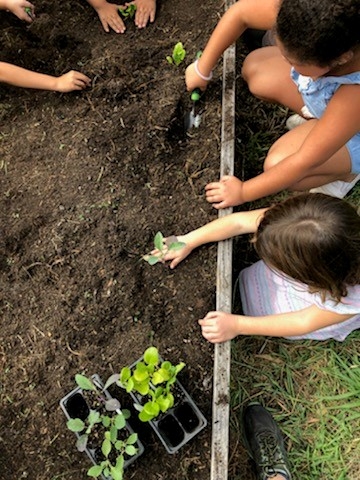
WORMS: The contributions of worms to soil health are highlighted, accompanied by adults singing and acting out the Wormy Wiggle (another catchy tune). Students build a worm hotel: a clear plastic container is lined with another, leaving approximately one inch of soil on the outer circumference. Moist sandy soil is added, and food is placed on the top. With this device, the kids can observe the worms doing their work of eating, tunneling, and effecting decomposition of organic matter. While they are not being observed, the light-sensitive worms are protected by sliding a paper sleeve over the outer container.
PESTS AND PALS / POLLINATORS: This lesson focuses on insects that act as pollinators, beneficials, and / or pests in the garden. After learning about the various roles insects play to help or hinder plant health, the class is taken outside to play a game of Treasure Hunt. They search for evidence of bugs, or try to find the bugs themselves.
GARDEN MAINTENANCE / PREPARATION FOR PLANTING: After the indoor explorations and experiments, it's time to plant seeds in the outdoor garden beds! This usually takes place in March, so that the crops can be harvested before school lets out for summer. The seeds chosen to plant have high success rates and lower maintenance requirements. They must be able to sprout, grow, and be harvested within the school year.
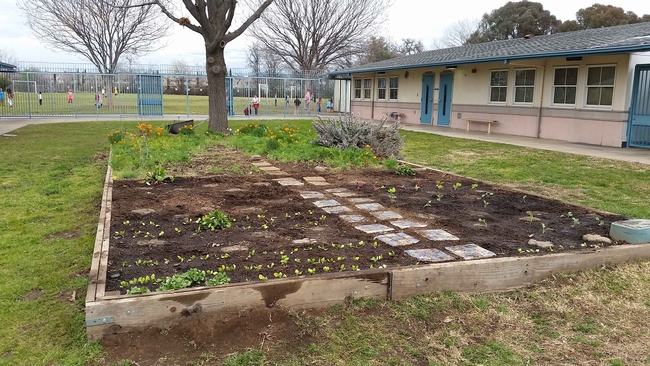
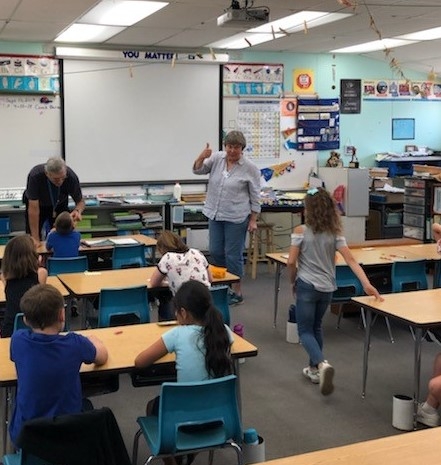
The value of lessons like these, taught by dedicated volunteers who want to see kids succeed, and which are age appropriate, exciting, and effective, cannot be overstated. The kids get excited when they see the Master Gardeners enter the classroom because they know it is time for “science class.” One child, who during regular school lessons has difficulty staying still and paying attention, recently said “I really like it when you guys show up, because I never get in trouble.” Plus, he's learning how to grow food.
The UC Master Gardeners of Butte County are part of the University of California Cooperative Extension (UCCE) system, serving our community in a variety of ways, including 4H, farm advisors, and nutrition and physical activity programs. Our mission is to enhance local quality of life by bringing practical, scientifically-based knowledge directly to our community. To learn more about the Master Gardeners and their upcoming events, and for help with gardening in our area, visit https://ucanr.edu/sites/bcmg/. If you have a gardening question or problem, call our Hotline at (530) 538-7201 or email mgbutte@ucanr.edu.